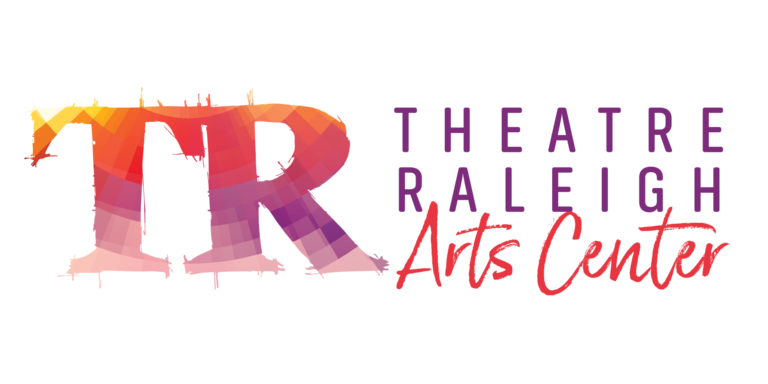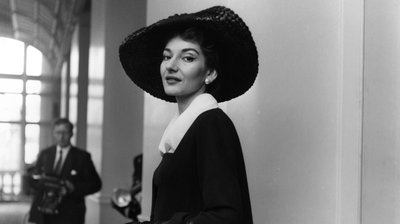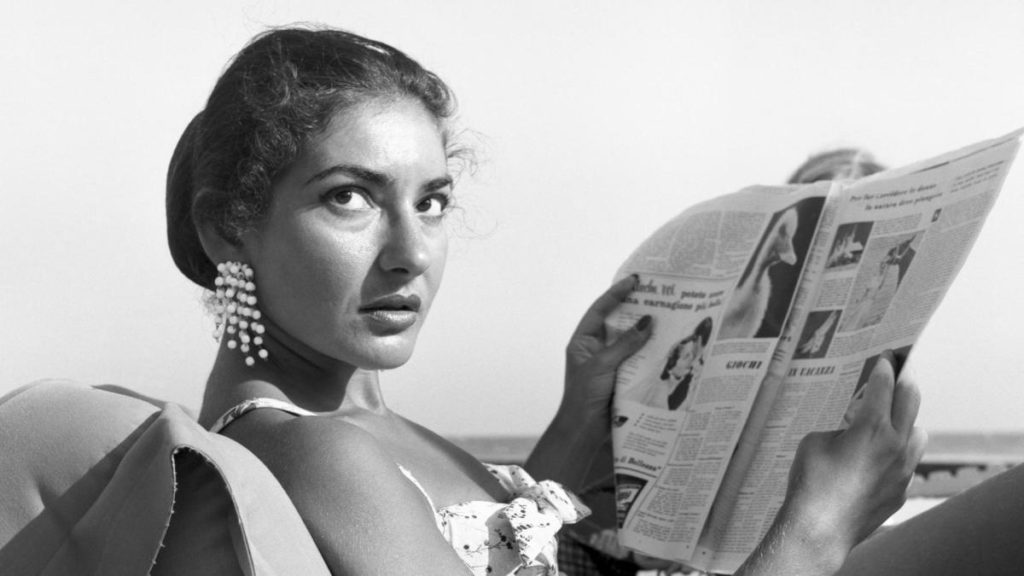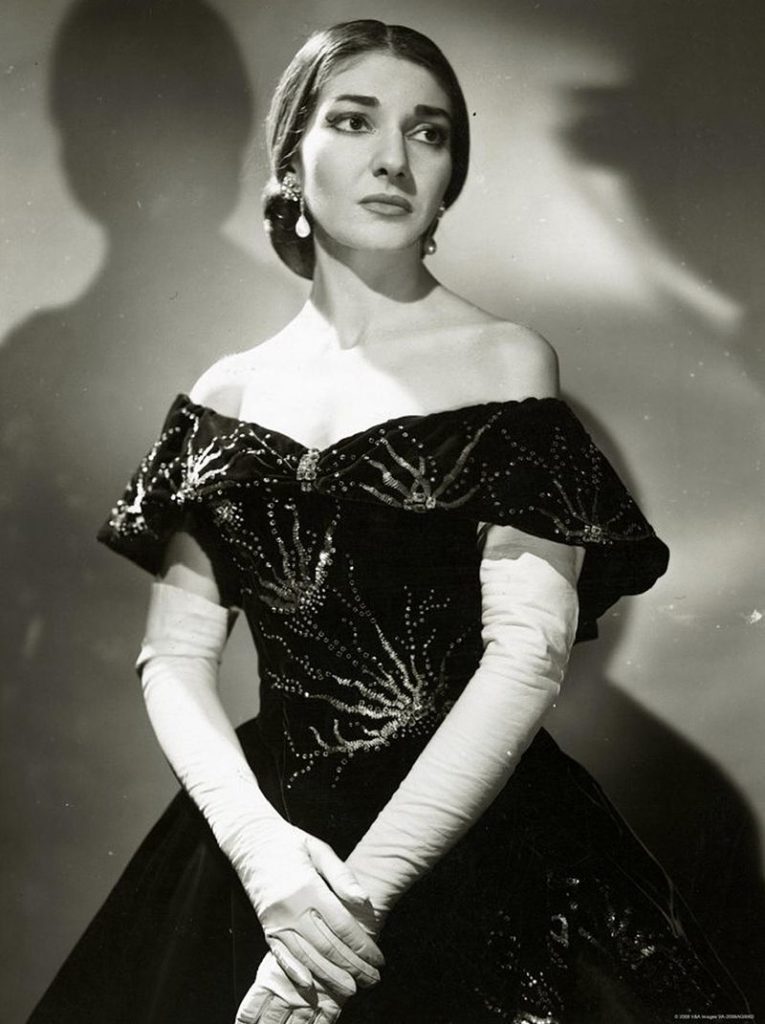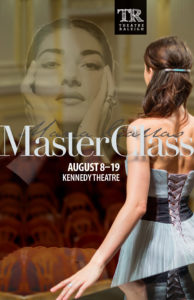Introduction from Ray Dooley, director of Master Class
I had the great good fortune to see the original New York production starring Zoe Caldwell on a trip to New York with my wife in 1993—a trip that also included Savion Glover’s Bring in ‘da Noise, Bring in ‘da Funk before it moved from the Public Theatre to Broadway, and Angels in America in the original New York production. Quite a trip. That production of Master Class, which also featured a newcomer named Audra McDonald, has stayed with me all these years as an example of a brilliant exploration of the artistic spirit and its profound depiction of Maria Callas in her later years.
More generally, my love of opera had begun in the late 1970s soon after I returned to New York from advanced study of Acting at the American Conservatory Theater in San Francisco. My friend Frank Dwyer (later Dramaturg at the Mark Taper in Los Angeles) instructed me in the finer points of seeing opera at the Met on a budget. We would stand in line in the morning for $10 standing room tickets. These were places at the back or the second balcony—as far from the stage as possible. We would watch the first act from there, and then go down to the lobby at the first intermission and ask people who were leaving at the intermission if we might have their ticket stub. Usually, it worked, and we would watch the remainder of the opera from a seat in the orchestra. I remember particularly Franco Zeffirelli’s production of Verdi’s Otello with Jon Vickers in the title role (with Renata Scotto and Cornell MacNeil), and John Dexter’s production of Smetana’s The Bartered Bride, which featured Teresa Stratas singing an aria atop a six-foot step ladder as she trimmed a Christmas tree. From 1995 to 1998 we spent part of each summer with the Santa Fe International Theater Festival and were able to see productions at the Santa Fe Opera, including a particularly memorable Don Giovanni. Now, when my PlayMakers schedule permits, we love to attend North Carolina Opera.
Ray Dooley
Although Maria Callas passed away in 1977, Opera Today suggested in 2006 that, “Nearly thirty years after her death, she’s still the definition of the diva as artist.”
So what made “La Divina” so special? Many cite her awe-inspiring vocal range, her skill in dramatic interpretation of a role, and her unmistakable presence on and off the stage.
Below, we offer a few things you may not know about the life of this incredible woman. Click through to test your knowledge, and maybe learn a little something before you see the show!
A note from Ray Dooley: “I’m grateful to many sources, including my friend and colleague Adam Versenyi, for research for the play.”
We would like to thank Mr. Dooley for his time and insight in contributing to this month’s blog!
